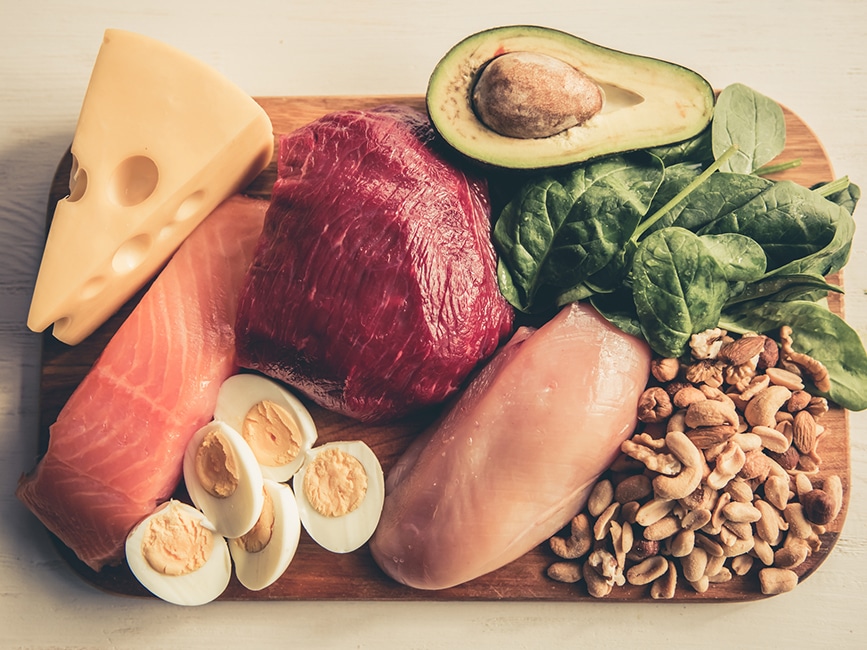Time To Eat Your Compost

America’s massive pile of food waste makes up an estimated 30%–40% of the nation’s food supply, or about 1,200–1,400 calories per person each day, says the U.S. Department of Agriculture. The perils of this ugly food trend are many: added costs to grocery budgets, global-warming methane gas production as food decomposes in landfills, and waste of resources used to grow and transport the food.
Now researchers suggest we should be checking our trash bins for nutrients missing in our diets. A July 2017 report in the Journal of the Academy of Nutrition and Dietetics found that food discarded at the retail and consumer levels contains useful amounts of key nutrients like fiber, vitamin D, calcium and potassium that could help people meet recommended intakes. Perishable edibles such as dairy, vegetables and fruits are tossed at particularly high rates, leading to significant losses of underconsumed nutrients.
If you’re not ready to dumpster dive, you can take a bite out of food waste at home—and eat better in the process—by taking stock of your fridge and pantry before grocery shopping. To avoid buying more than you need, plan meals carefully so you have a use for everything you buy, rely more on frozen fruits and veggies if fresh ones tend to rot in your fridge, and generally ignore “sell-by” and “best-by” dates, which are more an indication of peak quality than of whether a food is still safe to eat.
Matthew Kadey, MS, RD
Matthew Kadey, MS, RD, is a James Beard Award–winning food journalist, dietitian and author of the cookbook Rocket Fuel: Power-Packed Food for Sport + Adventure (VeloPress 2016). He has written for dozens of magazines, including Runner’s World, Men’s Health, Shape, Men’s Fitness and Muscle and Fitness.





